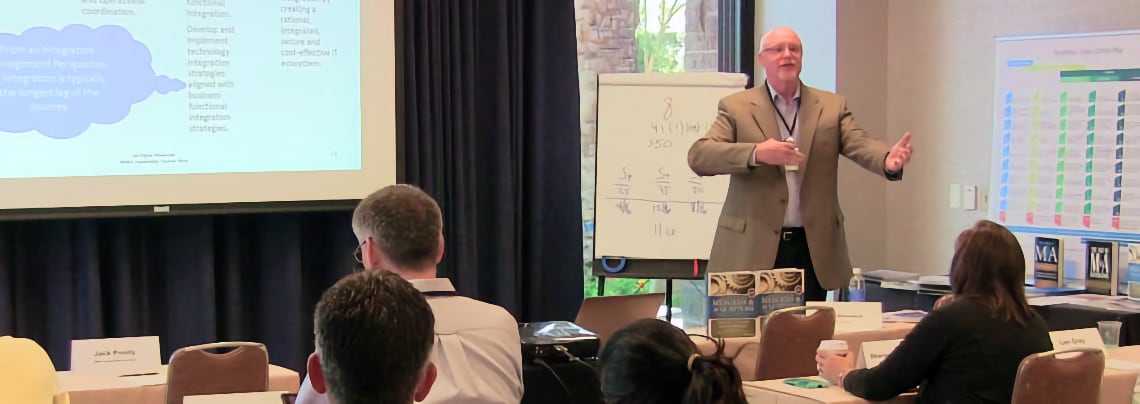Addressing biases can lead to a more productive workplace.
By Michelle L. Davis, DBH, M.Ed., MA, LPC, President, HealthWise Consultants
We all make thousands of decisions every day, but often we are not aware of how biases can negatively impact that decision-making. Our biases range from stereotyping to confirmation bias, where our brains actually filter out information that doesn't support our already-held beliefs. Behavioral biases can have far-reaching impact in the M&A environment.
